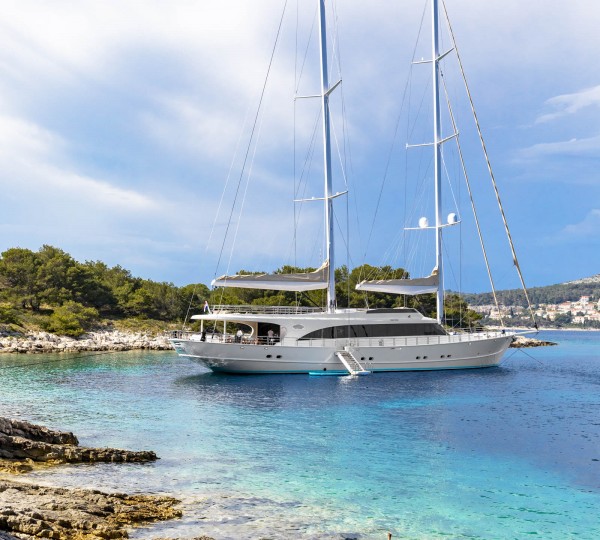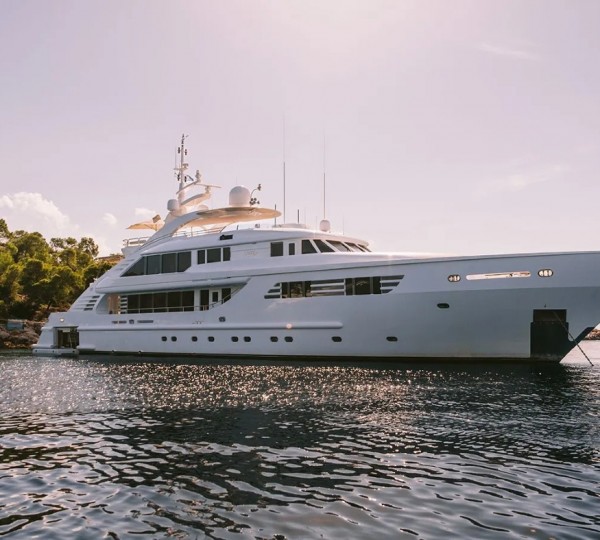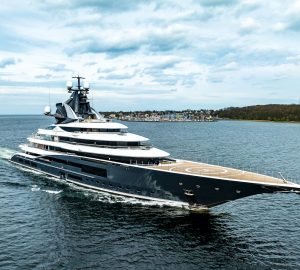
Main sail controls
There are a finite number of controls on your sailing yacht that effect main sail shape and its angle to the wind. These basic controls will be on almost every type of sailboat (except perhaps running stays) be it a charter bareboat catamaran, a fully crewed luxury superyacht or an America’s Cup winner. Any yacht charter vacation will include pulling on at lest one of them at some point in time. The main sail controls are halyard, cunningham, boom vang, out hall, traveler, stays, and last but not least, sheet.
1. Halyard and Cunningham: The halyard and Cunningham controls tension along the luff of the sail. The tighter the luff is made, the more the draft moves forward and the more the sail is flattened. Tension on the halyard also tends to flatten the leech.
2. Boom Vang: Tension on the boom-vang (kicking strap) flattens the leech and helps control twist. It also helps bend the mast and brings the draft aft a bit.
3. Outhaul: The out hall flattens the foot and lower section of the mail sail. It can also flatten the lower leech.
4. Traveler: The main traveler adjusts the boom’s (and sail's) angle of attack in relation to the yacht's centerline. This affects the helm and the balance of the yacht.
5. Stays: The fixed stays effect mast bend and sail shape. These are normally only adjusted in port or out of the water. The running back stay(s) and check-stays affect mast bend in the mid section. The (adjustable) backstay moves the top of the mast back or forward and bows the middle of the mast forward, stretching the sail flat. Tension on the back stay effects luff tension, moves the draft position aft and flattens the main sail.
Variables to consider when trimming your sailing yacht:
• Wind strength
• Wind direction
• Wind sheer (in direction and strength)
• Sea state (type and size of waves)
• Helm balance
• Genoa balance
• Tactics/maneuvering
• Leeway
• Speed of the yacht through the apparent wind
• Speed of the yacht through the true wind
• Speed of the yacht through the water
So what are we trying to achieve with main sail trim?
In general we want a powerful main in lighter air, and when the waves are large. A powerful main will help to get a yacht to accelerate when slow and drive a yacht as fast as possible in light air or as fast as possible in heavy seas, when it takes more force to retain boat speed.
However, as the wind increases we need to de-power the main. It needs to be flatter, with the draft further forward (as the apparent wind is moving over the sail faster). We achieve this by pulling on out all the controls that stretch the sail flat (vang, sheet, backstay, outhaul and cunningham). We also need to reduce the angle of attack so the yacht doesn’t heal too much. This is done by dropping the traveler down to leeward, especially in heavy gusts. Once again, remember the 3 basic indicators of a well trimmed main (above), to find your best sail shape in different conditions.
Previous article: Sailboat main sail trim Next Page: Conditions and mail sail trim




